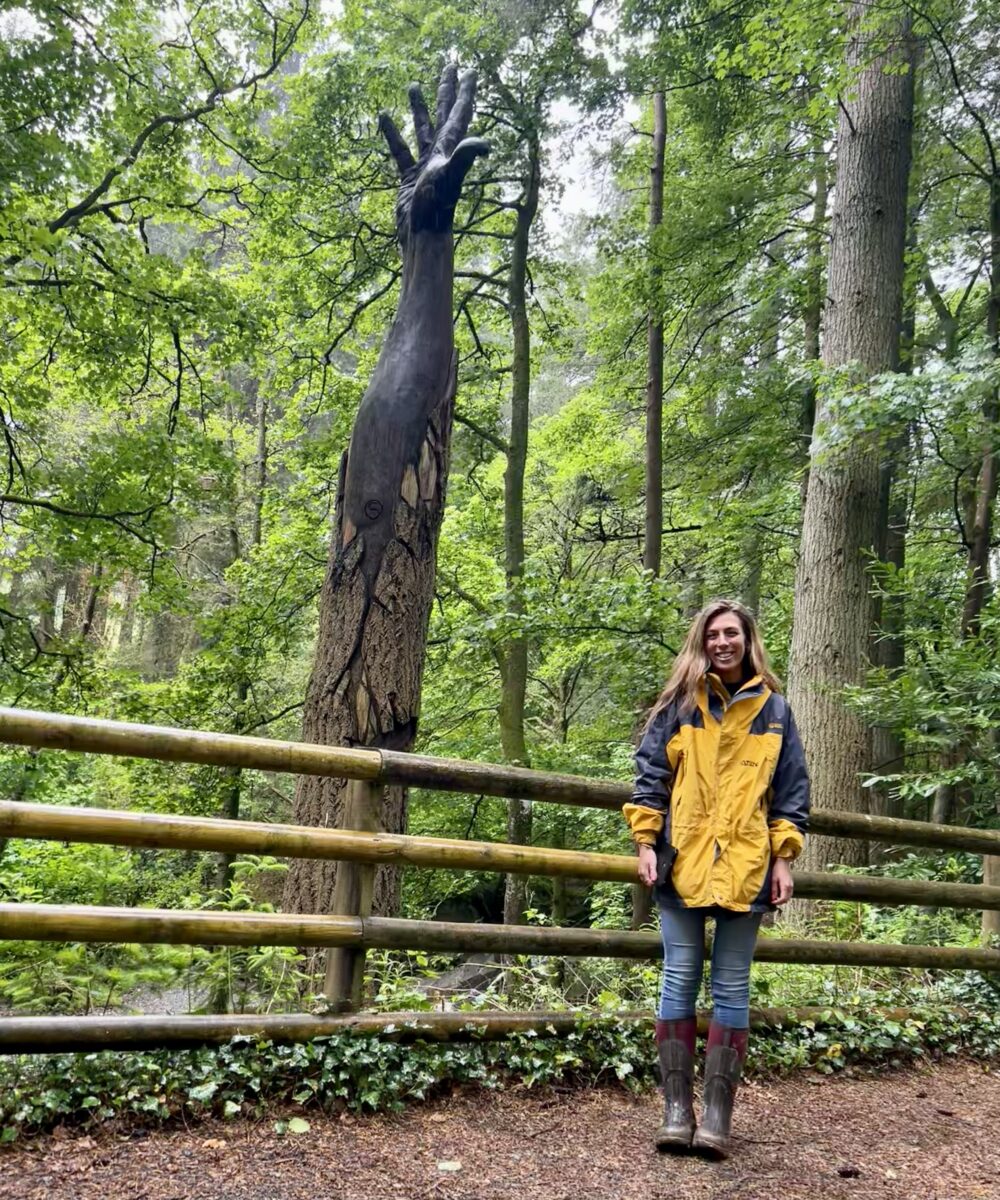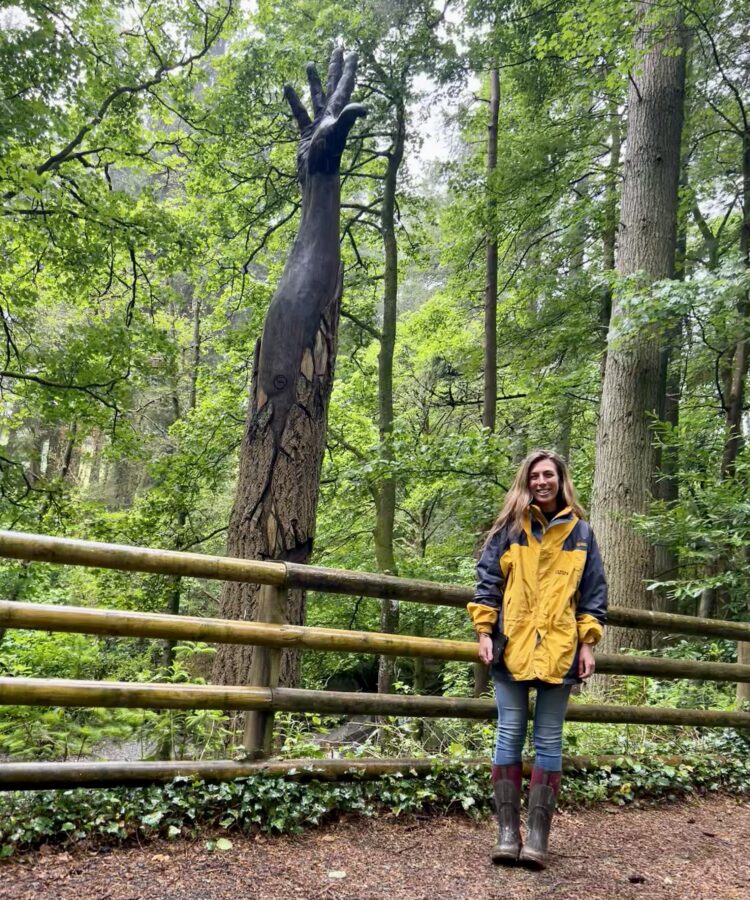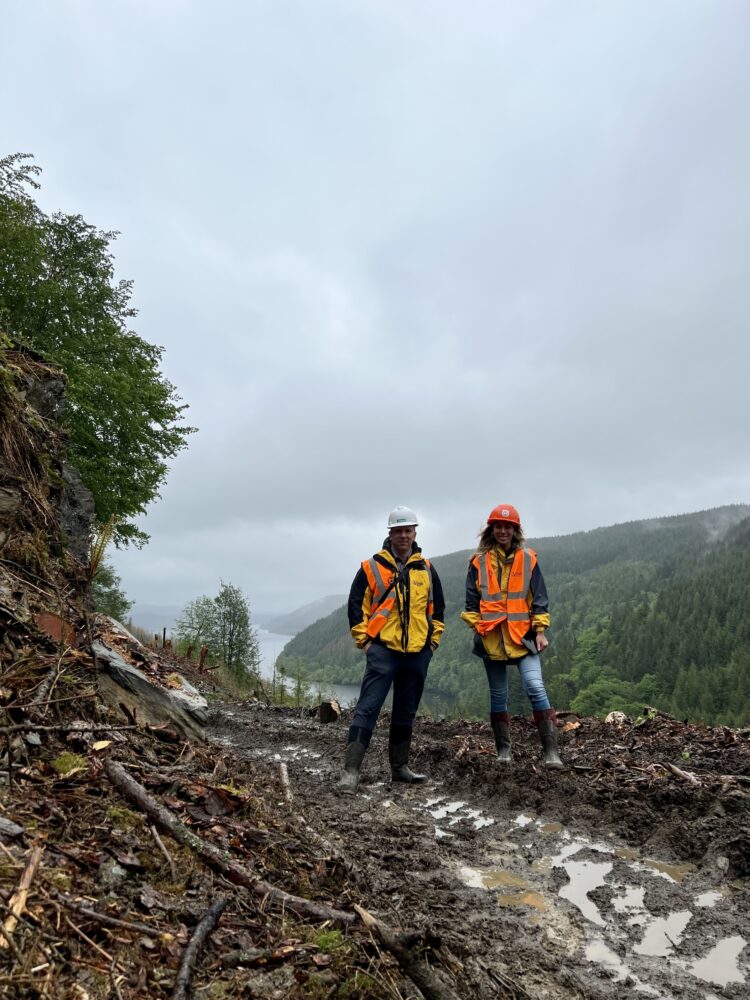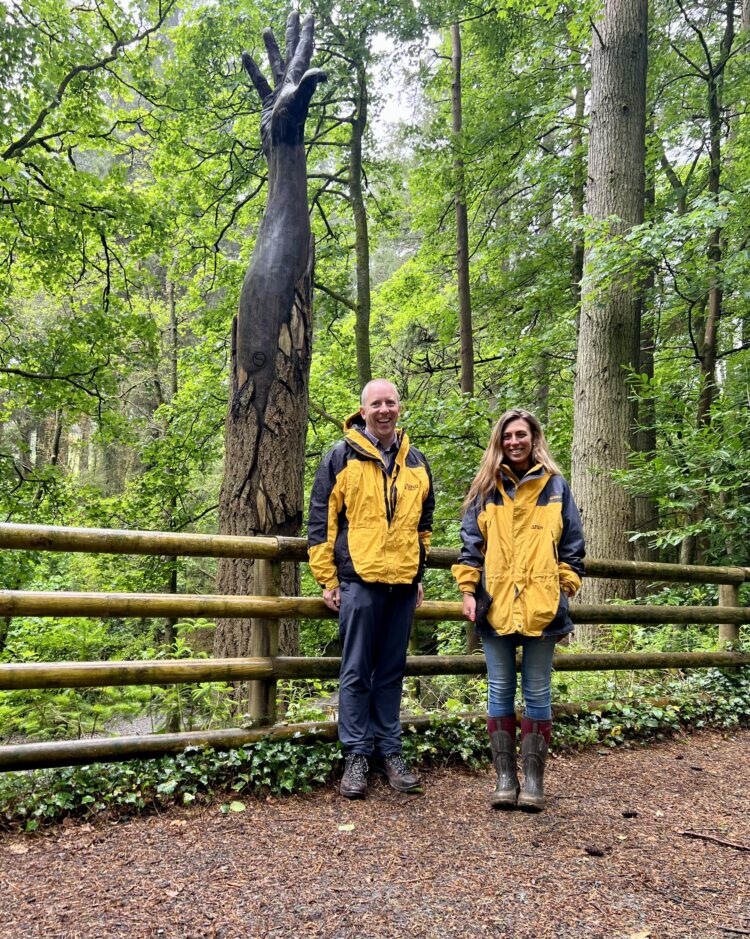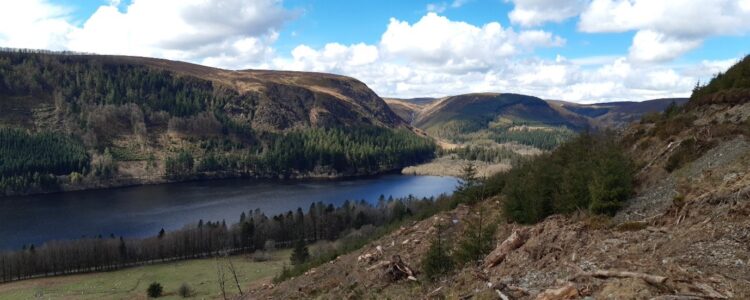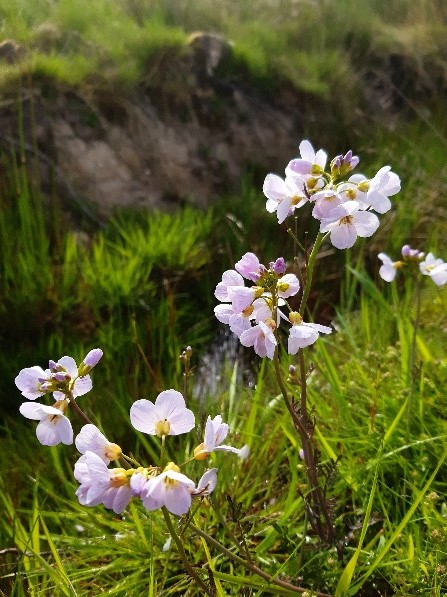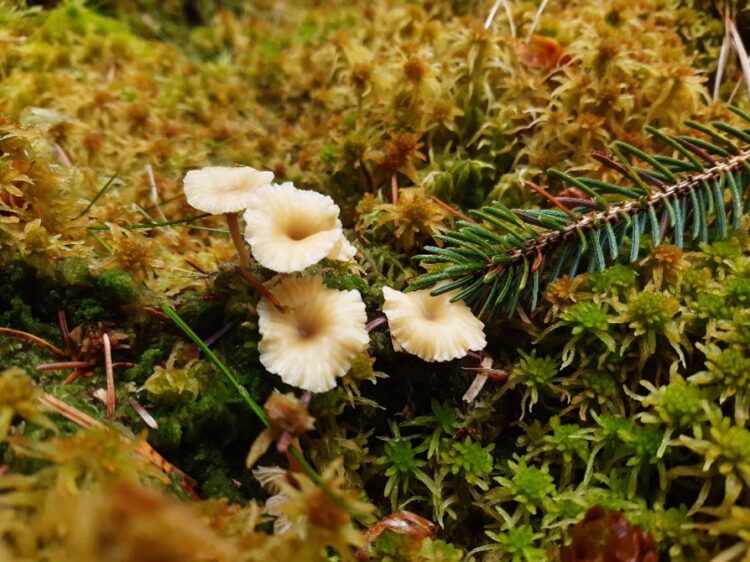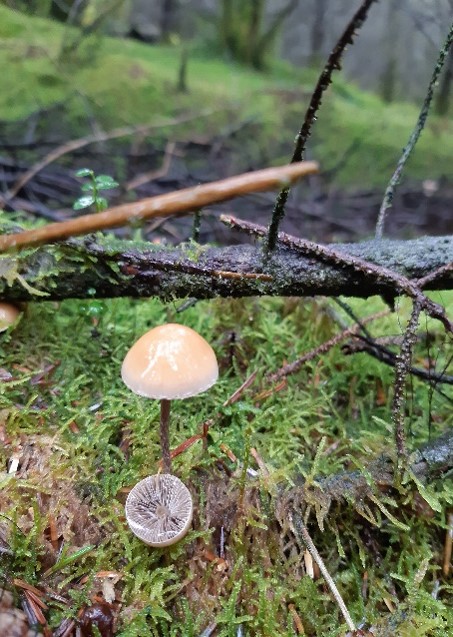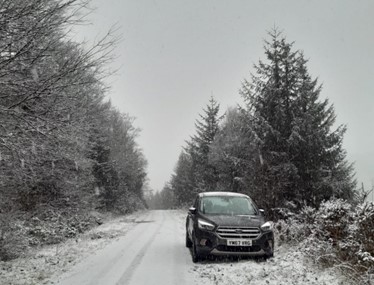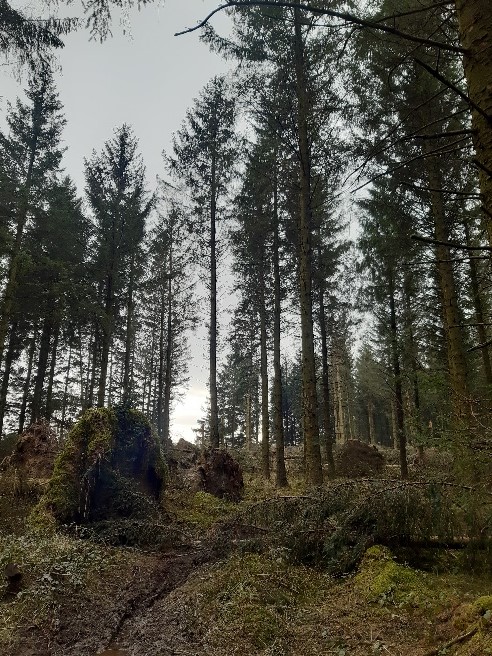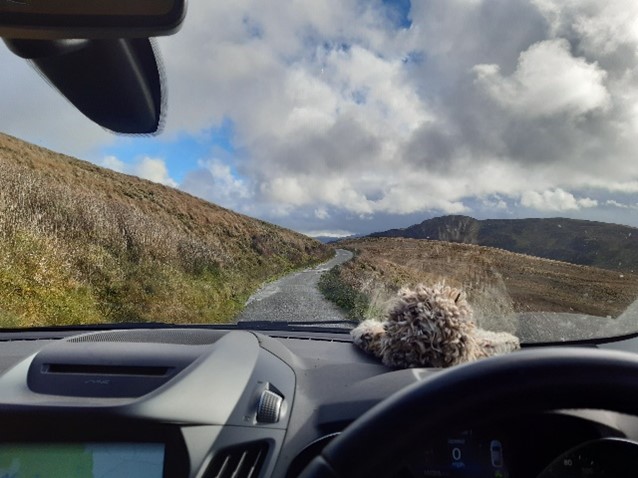If I had to describe forestry in North Wales in three words, my choice words would be;
Steep. Rugged. Beautiful.
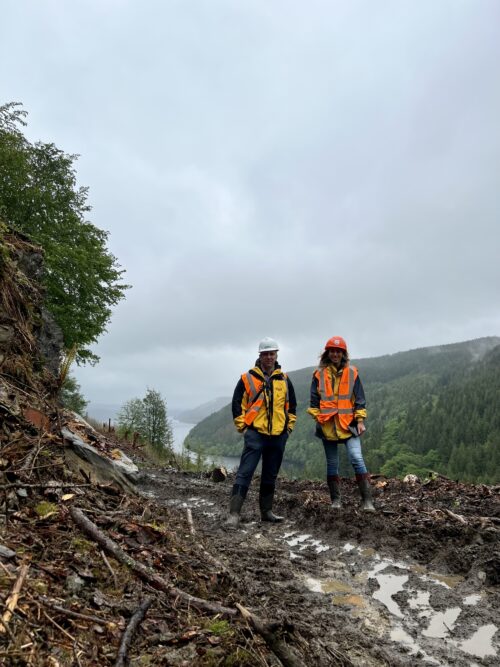
Forestry in North Wales often takes advantage of the most difficult and hostile sites the country has to offer.
We frequently plant on sites with over 30 degrees of steepness, with poorer quality less productive soil and a tendency to have the most wonderful views. Whilst I’ve learnt a great deal about forest management since joining the office in North Wales, some of my time has been learning the following key facts about working in forestry;
- Keep spare pairs of socks in the car as you’re inevitably going to get wet or muddy feet.
- Don’t be fooled, there are always brambles, even after a forest fire the brambles survive. Waterproof trousers or walking trousers are always the best option.
- Don’t leave the house without a flask in winter, preferably two, one for soup and one for coffee, or if you’re really prepared, keep a stove in the boot.
- Keep the sound on your phone for when it falls out of your pocket in the woods, and you need to give it a ring (that’s if there is any signal).
- You are often surrounded by more dogs than people.
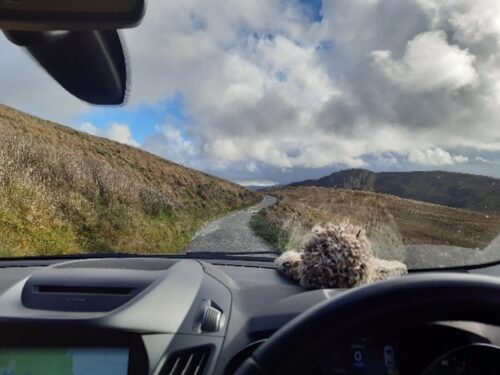
Other than those key learning points, working as an assistant forest manager (AFM) in North Wales has meant I’ve been able to truly appreciate the landscape, often finding myself with views that not many people have been fortunate to see.
Something I feel is important to share is the amount of wildlife I’ve seen since starting at Tilhill, a statement often overlooked and criticised about the commercial forestry sector. This has varied from veteran and exotic trees to red deer and raptors, to dainty wetland flowers like the cuckoo flower and unusual species of fungi scattered on the forest floor. Instead of just talking about what I’ve learnt so far as my time as an AFM, I thought I’d let the pictures do the rest. Thanks for reading!
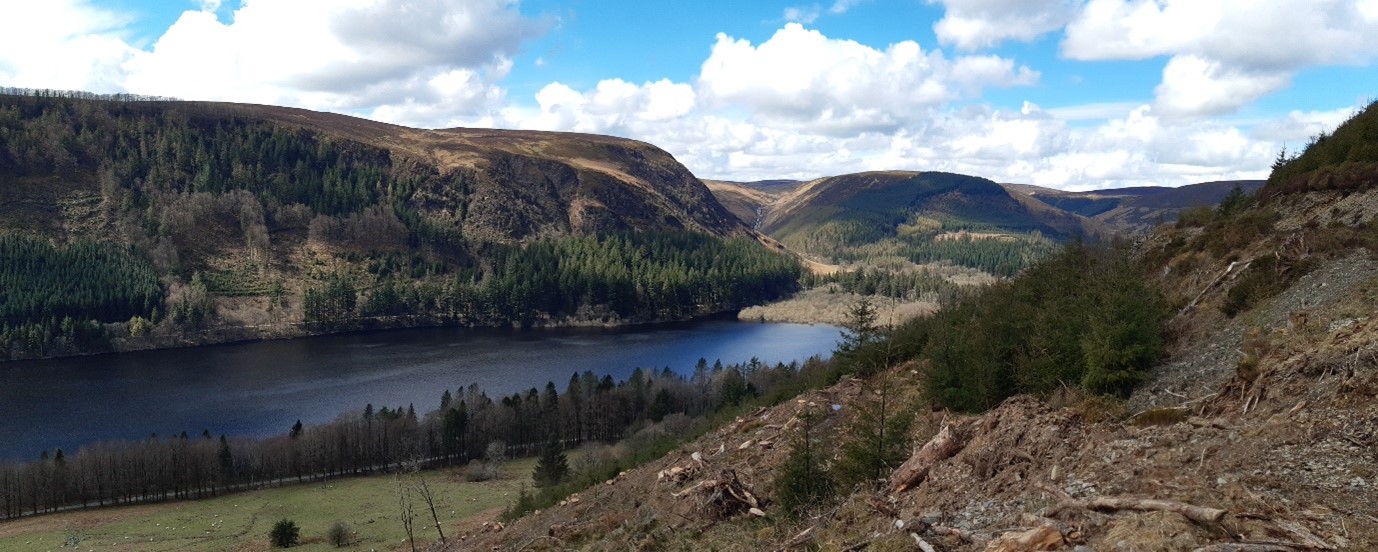
Welsh Landscape
Read more blogs by Assistant Forest Managers and Graduates

Blogs and Articles
Find out moreTake a look at the Tilhill Graduate Programme which opens in December every year.
Graduate trainees are offered mentoring and are paired with an experienced manager during their training period.
Successful applicants are assigned to an office or business stream where they learn every aspect of that area, including shadowing highly experienced colleagues.

Tilhill Graduate Programme
High-achieving forestry graduates, or those about to graduate in forestry or related subjects such as land management, environmental studies or horticulture, will be ideally placed to join Tilhill’s three-year graduate programme.
Find out more


